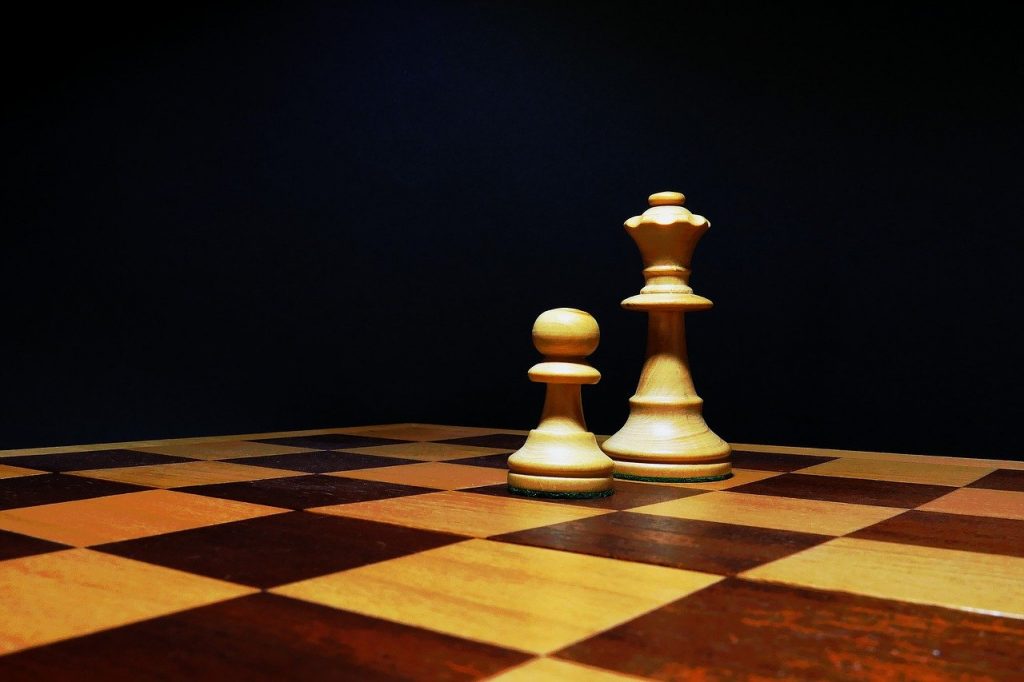Table of Contents
Chess center and development
There are different principles or rules to play chess correctly, two of the most important are the center and development. You surely have already heard about these two, but what do chess masters mean by this.
The objective of this post is to give a practical approach to these topics, along with simple explanations and tips to apply to improve your game now.
Defining the Chess Center
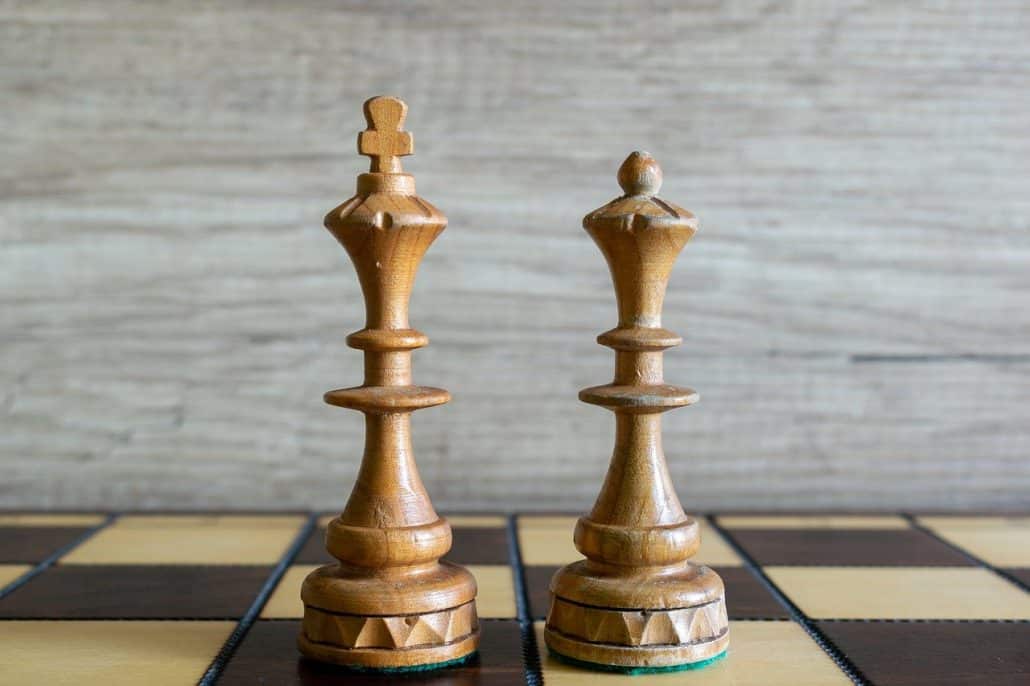
The chess center is one of the most important factors in chess, by this we mean controlling the central squares. Having control over the center in chess can give you a good advantage, there is a fine connection between center and development in chess.
You want to control the central squares for three main reasons:
- Have more space and restricting your opponent from putting a piece in the center
- Putting a piece in the center yourself so you become more active by having better pieces than your opponent
- Get the initiative by being more active than your opponent and having the possibility to act on both sides of the board
Let’s give a quick example about this, imagine how many squares controls a knight on h5:
Now, look at this position and see how active would the knight be on e5:
Not only the knight on e5 controls four more squares than the knight on h5, but they are more important squares like f7 or g6. Usually, you can easily get tactics going in positions like this.
Chess Development
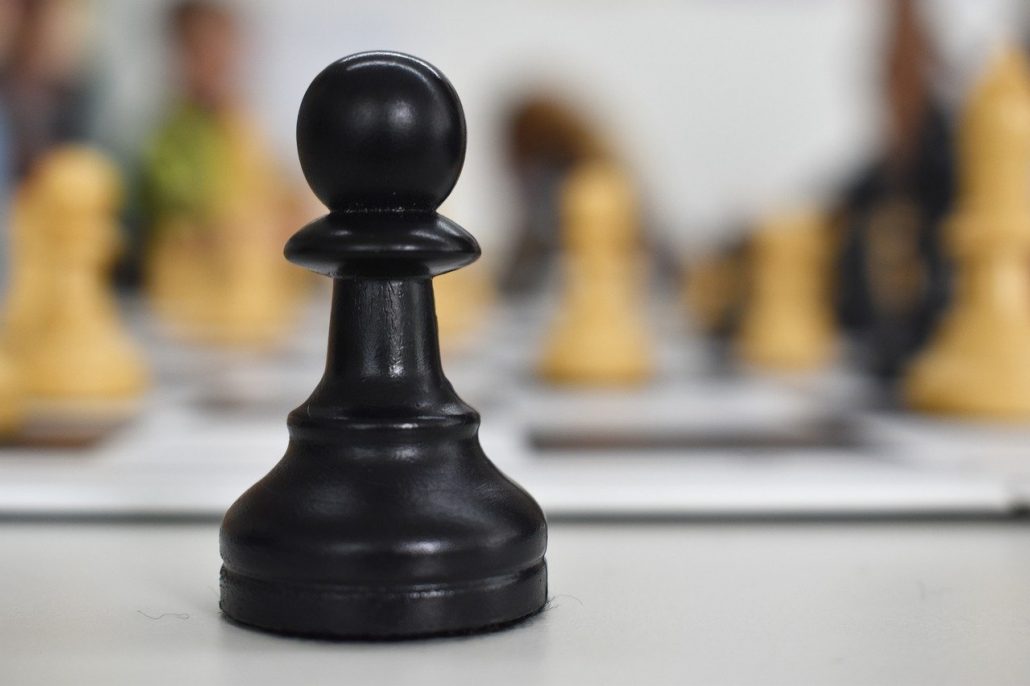
The development is finely connected with the control over the center, everything relates, that’s what makes it easy to learn!
Normally, you want to achieve a good development in the opening to get a good grip over the center and control it.
You want to have good development in the opening to control the center, put your pieces there, and have even better pieces.
There is a clear pattern you can follow, if you analyze, most of the openings play with this factor, control over the center and development.
Piece domination is established in the position when there is a strong piece on a central square. This gives the pieces a lot of chances to act on two sides of the board simultaneously.
If you learn how to attack by two different flanks you will make your opponent’s position crumble at the end. This is how normally you get a win, having an advantage over two sides of the board at the same time.
Center and development are related to each other, but how do we develop our pieces correctly? This is an art.
Getting a healthy development in chess
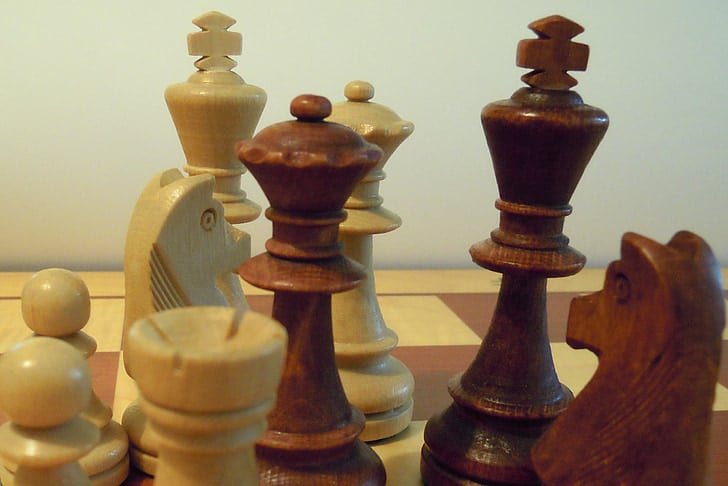
The way you want to develop your pieces is always aiming for the strongest squares, depending on the position you have and the plan you want to follow.
If you want to attack a king placed on g8 putting a bishop on d3 to attack h7 is a good place to start.
Sadly, not all chess plans are as simple as this, normally, you will have to be more creative than that to win games.
Place your pieces in the squares they control more squares, this is always a good strategy. Remember chess is about controlling squares so the more you control the better the piece activity.
You will want to get this so chess center and development then unite themselves to create a beautiful baby called “attack”.
Avoid your pieces to be blocked or molested by enemy pieces, or even your own pieces. You could even sacrifice a pawn or two just to get a good piece activity and let your pieces breathe.
Controlling the center with strong pieces
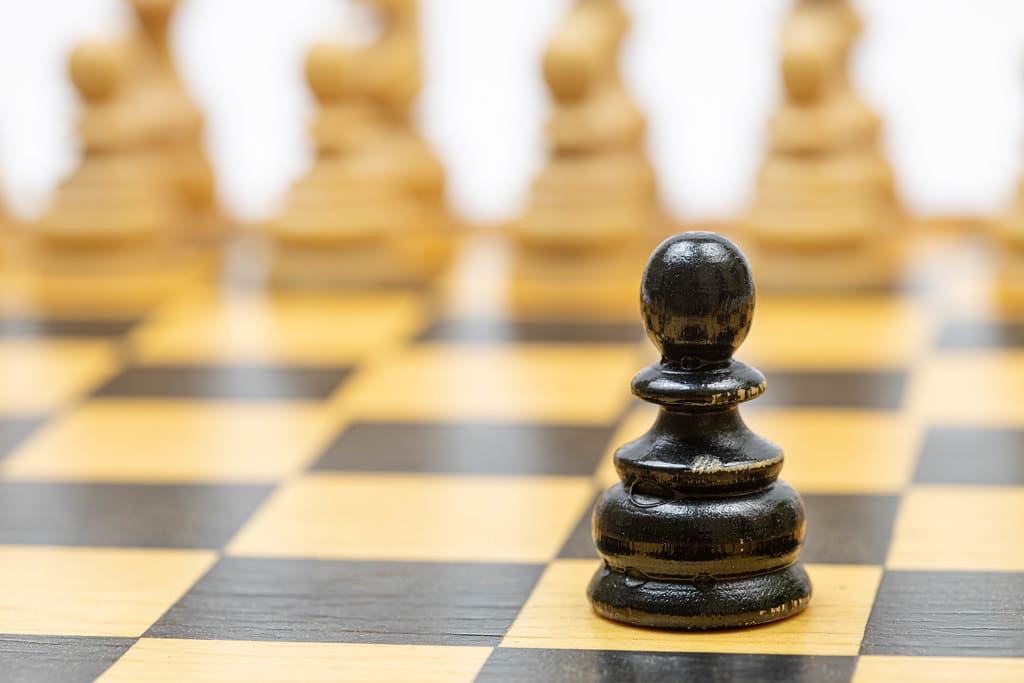
You can now follow up your plan, once you get control over the center and all of your pieces to play. But wait! How do we know our development is complete?
You will notice your development is complete once you have all of your pieces putting pressure against the opponent. Another way to know if they are “developed” is having your piece aiming to the center on having some action on the center.
When your pieces are aiming or threatening something, we could say they are “developed”. Many beginners and even amateur chess players completely forget about chess development.
We know you want to attack the king, and you want to get that sweet and delicious checkmate, but hold on!
You can’t start attacking if just one of your pieces is not participating. All of the pieces must be joining forces together to checkmate the king.
Maybe there is a good chance to go for an attack or to make a pawn break to create some misbalance to play for an advantage. But ALWAYS consider developing your rook first, and you will be fine.
All of the pieces must be participating, if not, in 90% of the cases you will have high chances of losing.
The synergy between chess center and Development
Now, once you have all of your pieces developed, aiming to the center and putting some pressure exploit the center and development synergy.
If you have a good development, and you have control over central squares take it to the next level. Put a piece on the center, taking space from your opponent and looking to attack key squares.
Normally, having control over the center and having good piece activity makes you the “boss” of the board.
Because when you control chess and development, you have a great variety of plans or strategies to follow. This gives you many different ways to achieve the advantage so you can choose whichever plan appeals to you the most.
Having this “freedom” is also an advantage, you will have a comfortable position to play, while your opponent will have to struggle.
Chess center and development are two simple, yet easily forgotten concepts that will help you improve your chess.
You may also like:
10 Tips on How to Improve in Chess Quickly

